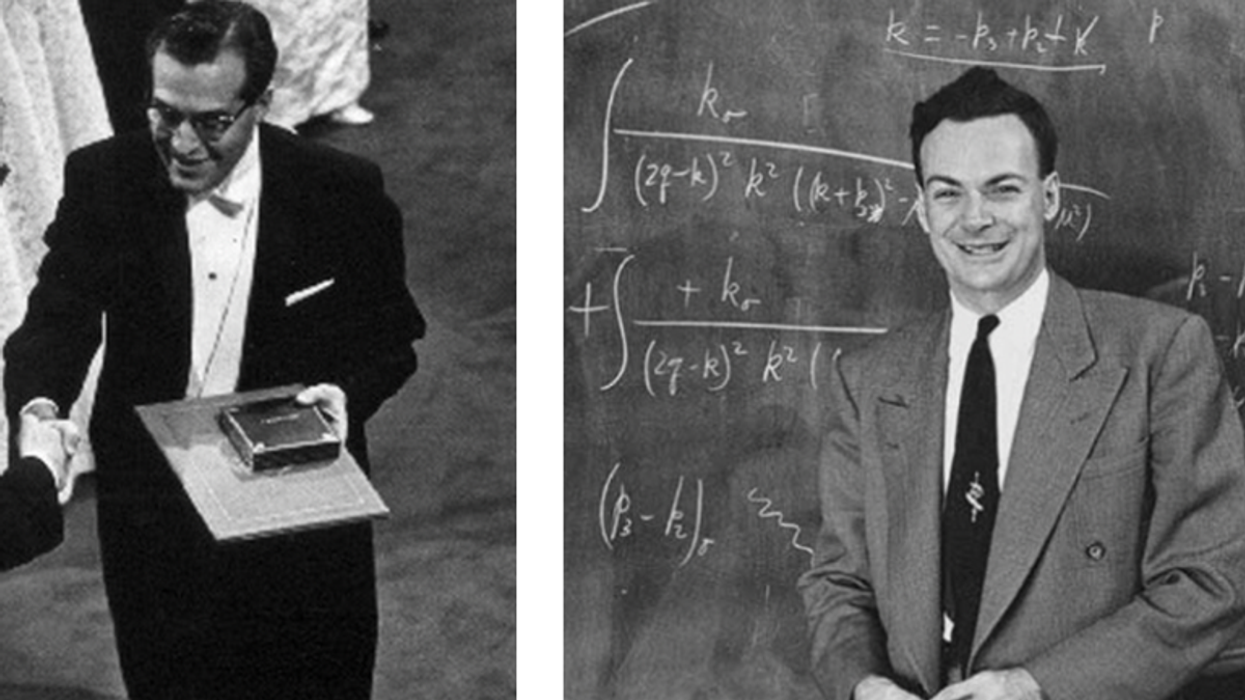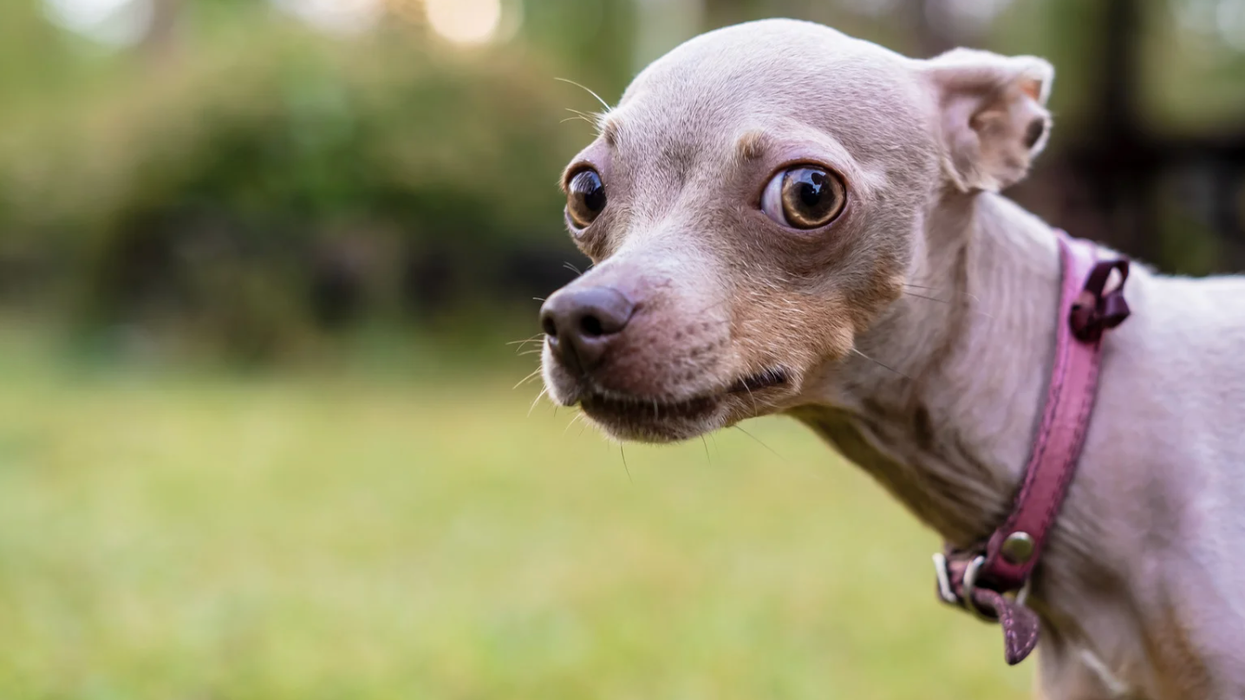Puppet School co-founder Roberto Ferreira sees reincarnation every day in his classroom. As students sew brightly colored fuzzy materials together into monsters or caricature-like humans, he finds them giving life to their ideal alter egos, their inner psyches, the murmurings inside their heads that don’t normally get a voice. Using hands-on maker skills—which, according to increasing research, are essential to establishing strong reading and writing abilities—students pick puppet patterns, gluing foam into puppet molds, creating the internal and outer structures of their puppets, from blueprints to fully formed bodies inspired by puppet identities they’ve brainstormed. Then, once the puppets are created, students find their voices and hand movements allowing the puppets to come to life, identities totally separate of their own.
“Puppets can get away with anything. I’ve seen a puppet put a puppeteer in place. One student was very shy before he came to our classes and afterwards, he was singing on stage,” he says.
Creating a puppet’s identity at Puppet School is a freeing, imaginative experience that has no right or wrong answers. “When people were trained at the Jim Henson Studio, there really was no time for mistakes. You did maybe one or two takes on camera,” Ferreira says. But in West Los Angeles, New York, or San Francisco Puppet Schools, you can learn slowly and methodically, with structure, from beginning to advanced levels. The curriculum establishes the tenets of puppeteering education, which put educational theories about the importance of play and grit and resilience into practice.
In the beginning classes, students start to learn basic head and mouth movements, using motor skills in both hands and both arms, choreographed to pre-existing sound tracks of well-known pop songs. Students learn to articulate vowels and develop a sense of rhythm with their bodies. As the exercises advance, students learn to improvise using their own voices and hand movements, and eventually choreograph movement to material they’ve written. From motor skills, to communication and improv skills, then finally written skills, students exercise many parts of their brains at Puppet School, increasing communication between their two brain hemispheres.
According to Eric Jensen's Teaching with the Brain in Mind, when brain signals are passed from one side to the other quickly, or when the left and right sides of bodies work simultaneously, the brain is able to function more efficiently, and the stronger the brain’s connections become—thereby improving literacy, movement coordination, processing data, and communication skills. It is this reason Puppet School is starting to bring speech pathology to autism students in their puppet curriculum for behavior analysis nonprofit Leaf Wing Center.
“Being a puppeteer exercises different parts of the brain. You use your hands, you work on speech, you become more aware of the space you inhabit. You become more aware of who you are,” Ferreira says.
Before Michael Earl started the first Puppet School in Los Angeles, California, he was working as Mr. Snuffleupagus, Slimey, Poco Logo, Forgetful Jones, Polly Darton, Leslie Mostly, and dozens of Anything Muppets at Jim Henson’s studio. He had seen a commercial in which the puppeteering needed improvement so he had the idea to start a school, and Henson encouraged him to “spread the love.” Years later, Earl met web designer and writer/director Roberto Ferreira, who envisioned a university of puppetry, including puppet building classes, TV puppetry, musical puppetry, and marionette puppetry. Ferreira helped Earl manage the school and write material for a musical called “It’s a Monster World” for the students to perform, while Earl developed a curriculum for TV and theatrical students.
As Puppet School’s students discover their creativity, some have even made puppeteering a part of their careers. While ABC prepares to reboot The Muppets as a late-night talk show, bringing puppets back into the mainstream starting this fall, Puppet School’s students are applying to Jim Henson’s Diversity Program with puppeteering demos they made in class, using puppets they have made themselves. In her demo, Libby Letlow asks her puppet Lala to say something nice about her. “She’s an excellent puppeteer and she’s nice to work around, and she’s a lot of fun to be around…ugh I feel so manipulated,” Lala says. It’s this comic sensibility that Letlow has been able to experiment with through her puppet, allowing her to not take herself so seriously in what otherwise would be an intimidating job application process. Puppeteer Alison Park once performed for a livestream Japanese show with her puppet, an overly furry weatherman named Carl Mudgeon, doing some pre-show primping: “I’m trying a new look…Clean Cut Carl…a professional,” he says. It’s characters like these that demonstrate how Puppet School is a place for puppeteers to play, create, and take risks—all pillars upon which the school was founded.
As Earl and Ferreira refine their curriculum, with monologue lessons and puppet building classes out of everyday objects, they aim to push their students to a place where they get out of their comfort zones. Ranging from actors to animators, students sometimes create jobs for themselves, bringing out their entrepreneurial sides. Author Janine Pibal became a puppeteering teacher with Puppet School after taking all their classes and now she’s writing a children’s book featuring puppets. Puppet creator Gwen Dean quit her job in the 2014 Superbowl wearing a puppet on her hand, wrote a book, became a Go Daddy spokesperson, and now does puppet shows for kids with puppets she builds at puppetsbygwen.com.
“Puppet School has really become an outlet for happiness,” Ferreira says.
Growing from eight to 10 to 18 students per class, now including students visiting from Saudi Arabia hoping to build a classroom of their own, Puppet School has become bigger than Earl and Ferreira. Students are seeing that anything is possible in puppetry by creating their own Youtube channels like PuppetsnShit and production houses like UnstrungHeroesLA, making feature movies like Thankskilling or the Sundance cardboard puppetry film Me+Her, making videos with celebrities like DJ Skrillex and basketball player Blake Griffin, finding jobs at Jim Henson’s creature shop, or even performing at weddings and events. Students continue to finesse motor, maker, and communication skills, and even volunteer their skills at nonprofit events for children.
Although people may say there are limited jobs in puppetry, Ferreira says, “It’s not about getting jobs. It’s about what you do with it. I thought out of film school I would direct and make movies. I didn’t dream of starting a whole school and helping run the LA Puppet Fest. You create groups that will take risks and those groups will create jobs. You become an entrepreneur.”
















 Otis knew before they did.
Otis knew before they did.